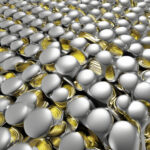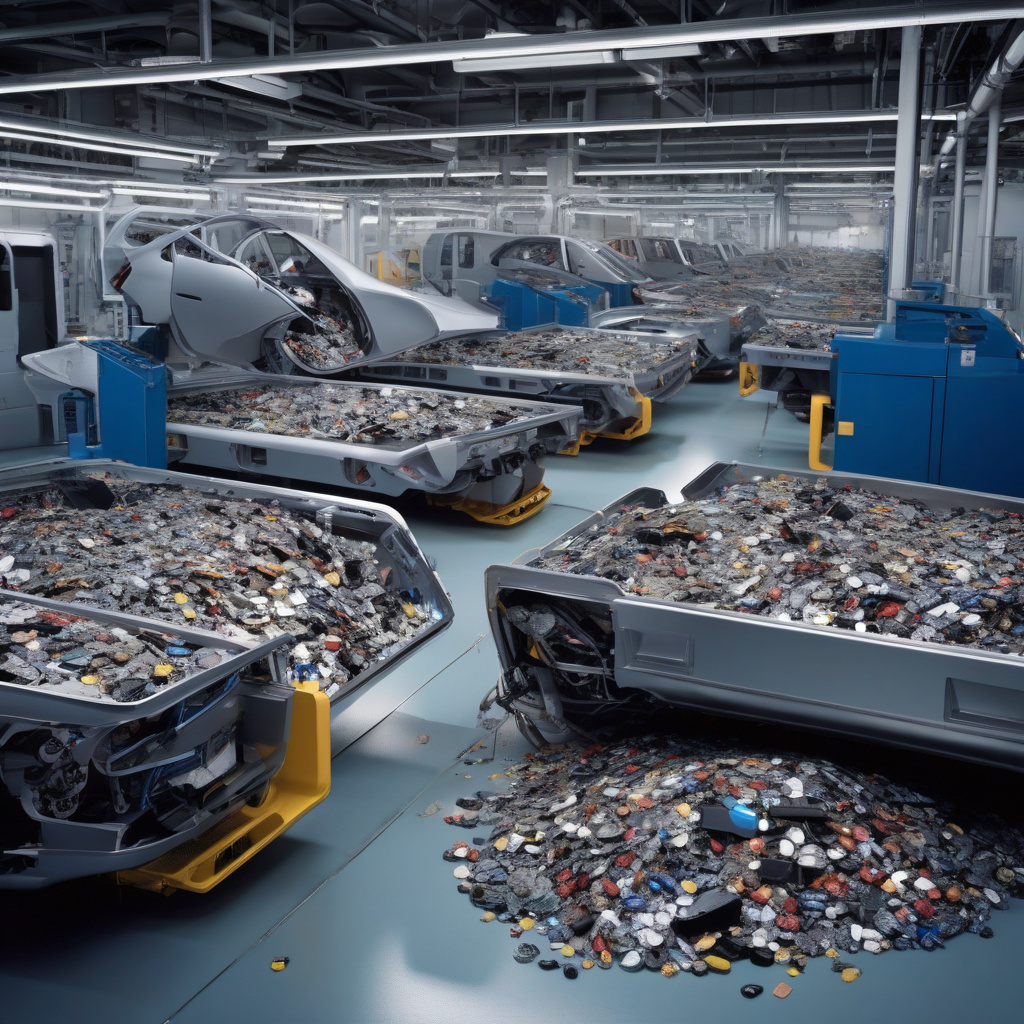Japan’s Innovative Method Recycles Used Magnets for EVs, Recovering Over 90% of Rare-Earth Elements
Researchers at Kyoto University have developed a new method for separating and recycling rare-earth elements from used magnets, a breakthrough that could revolutionize the way we approach sustainability in the electric vehicle (EV) industry. With the global shift towards renewable energy and electrification of transportation, the demand for rare-earth elements, essential components in EV motors and batteries, has been on the rise. However, the extraction and processing of these elements come with environmental challenges and supply chain risks, making recycling efforts crucial for a more sustainable future.
The conventional process of extracting rare-earth elements involves mining and refining, which not only depletes finite natural resources but also generates significant waste and pollution. In contrast, the innovative method developed by the researchers in Japan focuses on recovering and reusing rare-earth elements from discarded magnets, offering a more environmentally friendly and cost-effective solution.
By employing a combination of chemical processes and magnetic separation techniques, the researchers were able to achieve an impressive recovery rate of over 90% for rare-earth elements such as neodymium and dysprosium. These elements are commonly found in magnets used in various applications, including EV motors, wind turbines, and electronic devices. By recovering them from end-of-life products, the researchers not only reduce the reliance on primary sources but also minimize the environmental impact associated with mining and processing.
Furthermore, the recycled rare-earth elements exhibit comparable quality to newly mined ones, ensuring that they can be reintroduced into the production of magnets without compromising performance or efficiency. This closed-loop approach not only conserves valuable resources but also contributes to the circular economy model, where materials are reused and recycled to minimize waste and promote sustainability.
The implications of this breakthrough extend beyond environmental benefits. By establishing a domestic recycling infrastructure for rare-earth elements, Japan aims to enhance its resource security and reduce its dependence on imports. Given that a significant portion of the world’s rare-earth supply is currently sourced from a limited number of countries, diversifying supply chains through recycling initiatives is essential for mitigating geopolitical risks and ensuring a stable and sustainable access to these critical materials.
Moreover, the success of this innovative recycling method underscores the importance of collaboration between academia, industry, and government in driving technological advancements and fostering a culture of innovation. By leveraging scientific expertise, industry insights, and policy support, countries can accelerate the transition towards a more sustainable and resilient economy, in line with global efforts to combat climate change and achieve carbon neutrality.
As the demand for EVs and renewable energy technologies continues to grow, the need for sustainable practices in material sourcing and production becomes increasingly urgent. Japan’s method of recycling used magnets for EVs, with a remarkable recovery rate of over 90% for rare-earth elements, sets a positive example for other countries and industries to follow. By embracing circular economy principles and investing in innovative recycling solutions, we can build a more sustainable future for generations to come.
#Japan, #Recycling, #RareEarthElements, #ElectricVehicles, #Sustainability












